By John Murray
For country landowners who desire a way to supplement their income, operating a small roadside farm stand is an excellent business venture. Produce which is harvested on a backyard farm is a viable commodity when offered for sale to the general public. From a pure business sense, if there is one product that absolutely everyone on the entire planet needs and will purchase, it’s food. These days, more people are seeking out healthy homegrown organic food, free of any potentially harmful additives or pesticides. This market is perfect for the backyard farmer to capitalize on.
The most important aspect of running a roadside farm stand is having a good working knowledge of gardening. Plan out your garden well in advance to achieve the best results. Decide during the winter months what you are going to grow. Plants started from seed during the winter months will be hardy transplant candidates during the spring, and are more likely to produce to their full capabilities. When spring comes, these plants can be transplanted into the backyard garden and will produce fruit and vegetables much sooner.
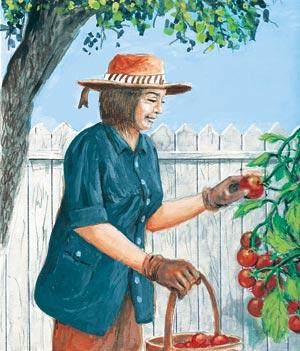
Virtually any type of vegetable or fruit can be sold at a roadside farm stand. When it comes to vegetables, tomato and peppers are always good sellers. Also consider selling yellow and green beans, onions, carrots, cucumbers, and squash. Potatoes, corn, and pumpkins require more growing space, but they are good sellers.
Fruits are a terrific item to sell at a roadside farm stand. Not many people can resist purchasing fresh, sweet fruit when it is within reach. Strawberries, red and black raspberries, blueberries, peaches, pears, and apples are all fantastic sellers.
Unlike most other startup small businesses that require a substantial amount of financial capital to get off and running, a roadside farm stand is incredibly cheap to put into operation. Plants grown from seed are very reasonable and the cost of the seed will be quickly reimbursed from the sales of the vegetables and fruits. For a startup roadside farm stand, a folding table or unused picnic table is a perfect area to place items for sale. To provide protection from the sun and rain, a makeshift tarp with tent poles can be erected over the top of the table. If you possess rudimentary carpentry skills, a small open-faced shed with shelves can be built with scrap lumber. Check with your town or county to see if there are any restrictions or building permits required. Make sure you get any special licenses or permits for selling food, as well.
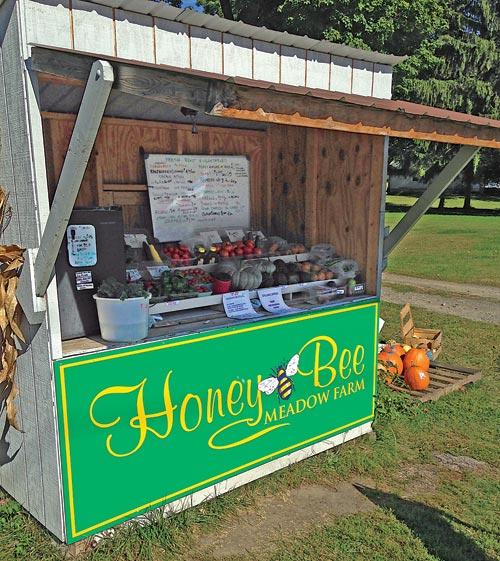
Consider safety when setting up a roadside farm stand. Moving vehicles can be a hazard for anyone by the side of the road, so allow for ample space to have the farm stand far enough from the side of the road for safety considerations. Parking for a few vehicles is another consideration. Often this parking space can be accomplished by clearing brush away from the side of the road. It is far better to have a vehicle stop off the side of the road, instead of stopping and parking in the road to access the farm stand.
Signage is very important. Have a “for sale” sign at the table or shed. Don’t assume that just the table with produce on top of it will draw customers to stop. If possible, place a sign a few hundred feet down the road in each direction, indicating that a farm stand is just ahead. Never hang signs on utility poles, as these poles are owned by the utility companies. Once again, check with your town or county to see if there are any restrictions on signs.
Taking out a small ad in a local paper publication can help promote the location of your farm stand, but if done, it should be done prudently, and only when a crop of fruits and vegetables is at full harvest peak. Don’t use paid advertising the first year, as it would be wiser to invest money into more plants. Better results for advertising can be done by hanging a flyer or sign on the bulletin board at the local post office, church, or grocery store. This is free advertising, and it certainly will not hurt to do so. Most purchases at your farm stand will occur with drive-by customers, and won’t be linked to any advertising elsewhere.
Fruit and vegetables are perishable items and have a limited shelf life. Check the items at the table or shed on a daily basis to make sure all produce is in fresh, buyable condition. Never attempt to sell any fruits or vegetables that are beginning to go bad or worse yet, have gone bad. Dispose of them promptly. When selling fresh produce, this is a regular aspect of the business. Good, fresh produce will keep customers coming back on a regular basis, and these satisfied customers will spread word of your farm stand.
All items for sale at the farm stand should be clearly priced to avoid confusion.
For example, a container filled with tomatoes should be labeled properly. If the tomatoes are 50 cents each, a sign should specify that clearly, so customers won’t assume that the entire container of tomatoes costs 50 cents. Have a large, clearly-marked price sign behind all the items, and smaller price signs directly next to the items for sale.
Often, items that are for individual sale will far outsell packs of multiple items for sale. Not all people will want to purchase a container of five tomatoes.
Pricing of fruit and vegetables at the roadside farm stand is usually based on what these items cost at a typical grocery store. Unlike a grocery store with high overhead costs such as rent or employee salaries, the roadside farm stand has virtually no overhead costs, except for the price of plant seeds and the amount of time put into growing, harvesting, and marketing the produce. This distinctive advantage allows the roadside farm stand to sell higher quality items for less money, which in turn will attract more customers.
Have bags available at the farm stand for people to put items in that they have purchased. This can be either plastic or paper bags stationed in an obvious spot. Once again, a sign is a good idea, indicating that the bags are there for the customer’s use. Quite simply, if people can carry more items, they will purchase more items.
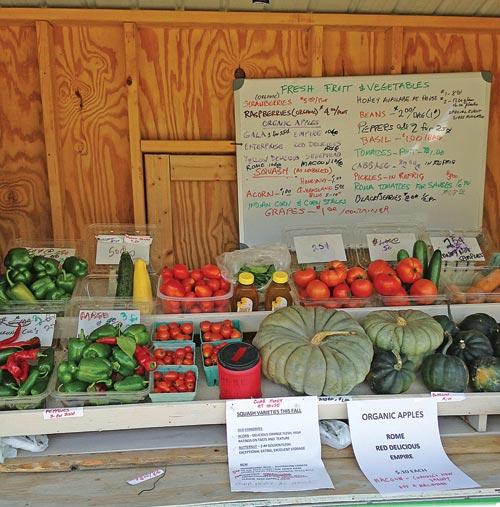
In rural areas, the farm stand does not have to have anyone stationed constantly at the location to finalize money transactions when fruit or vegetables are purchased. It is quite possible to run these roadside farm stands on the honor system. There are more honest people around than dishonest people. There will have to be a clearly-marked container on the table or shelf which has a lid and a slot to place money inside. A large coffee can is a good money container. Don’t have a clear container, which would allow anyone to see how much money is inside the container.
Some people use a metal tool box or old tackle box with a slot cut into the top to insert money. A lock can be placed on the lid of the box, and a makeshift chain can be used to attach the metal money box securely to the table or shed shelf. If the stand is being primarily operated on the honor system, it is a good idea to empty money from the container on a somewhat regular basis. If you are home, spend as much time at the stand as possible. People like to know who they are buying from.
Practice and learn the art of customer service, and you will be amazed at what it does for sales. If you are at the stand when a customer is there, interact with them. Smile. Make pleasant small talk about how tasty things are from your garden this year, or how nice of a day it is. Have a container with free samples. This can be as simple as giving someone a free cherry tomato, strawberry, raspberry, or blueberry. Be friendly and you will reap the dividends for years to come. Spending time at your stand is also a good idea because you will know if any items have sold out and should be replaced.
A roadside farm stand can function effectively for most of the growing season. Sell early-season vegetables and fruit at the beginning of the growing season, then transition to mid- and late-season produce later in the year. You can also use your imagination to sell other items. If you have chickens, consider placing a cooler on the farm stand table with eggs for sale. Fresh eggs are always a good seller.
Having a small roadside farm stand is a good way to generate extra cash. You will meet nice people that you would never have gotten the chance to know if you didn’t have a farm stand. Without a doubt, having a farm stand links you to your local community in a good way.


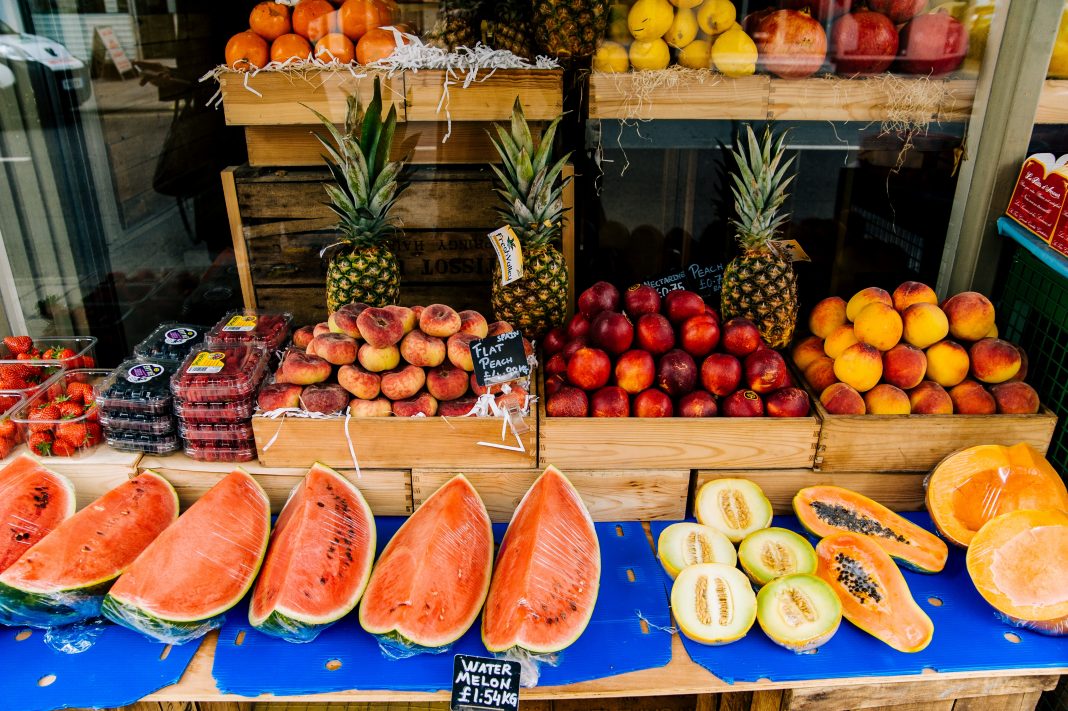






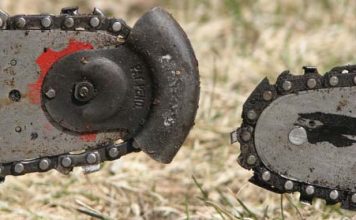




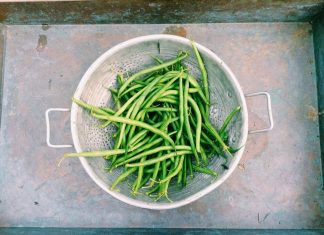
How do you keep fresh vegetables when they are sitting out for hours on summer day? Would misting them help?
I wouldn’t pay more than 10 -15$ for a table for selling produce
How much should one expect to pay for rent/lease of parking lot space?